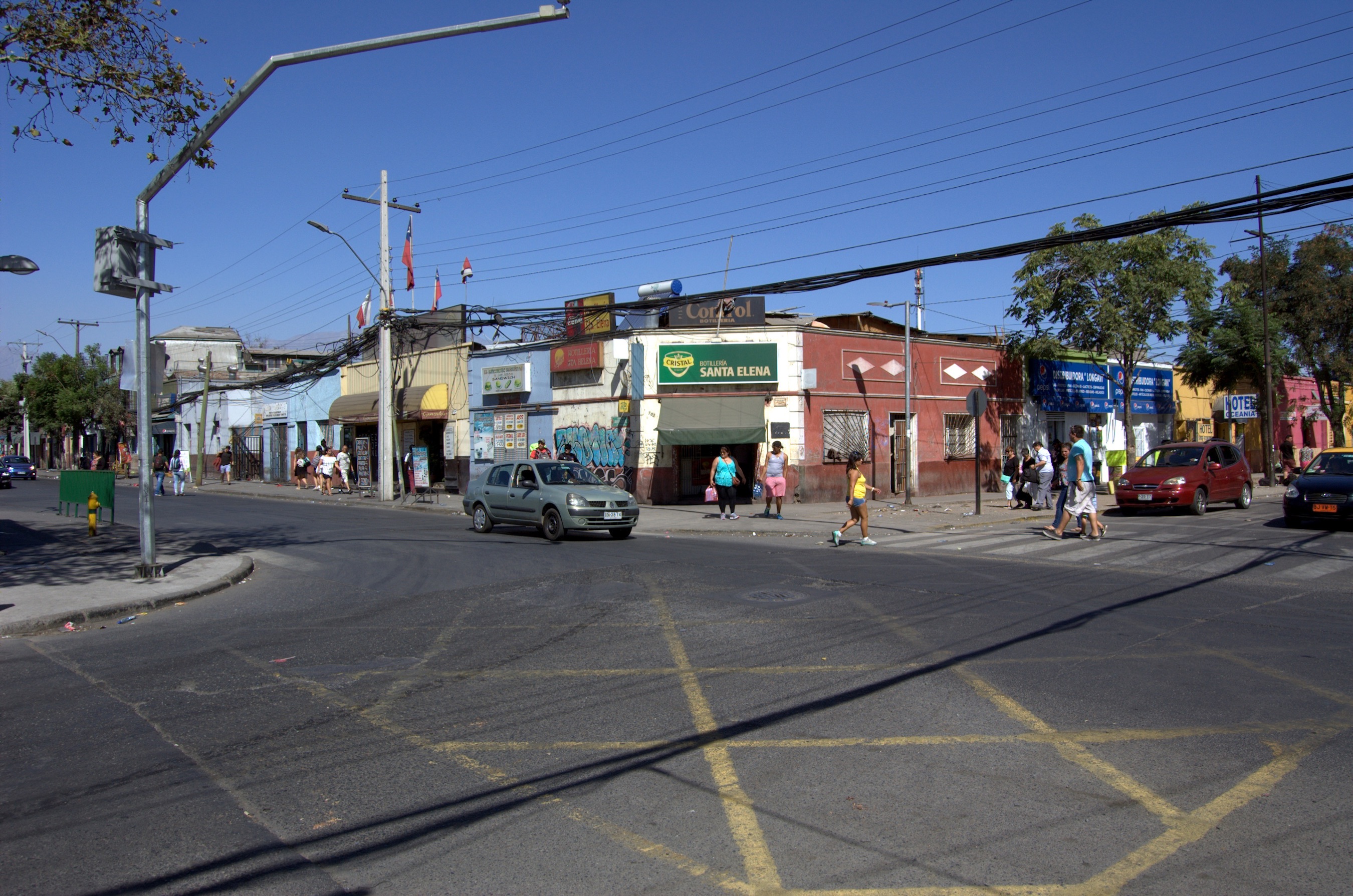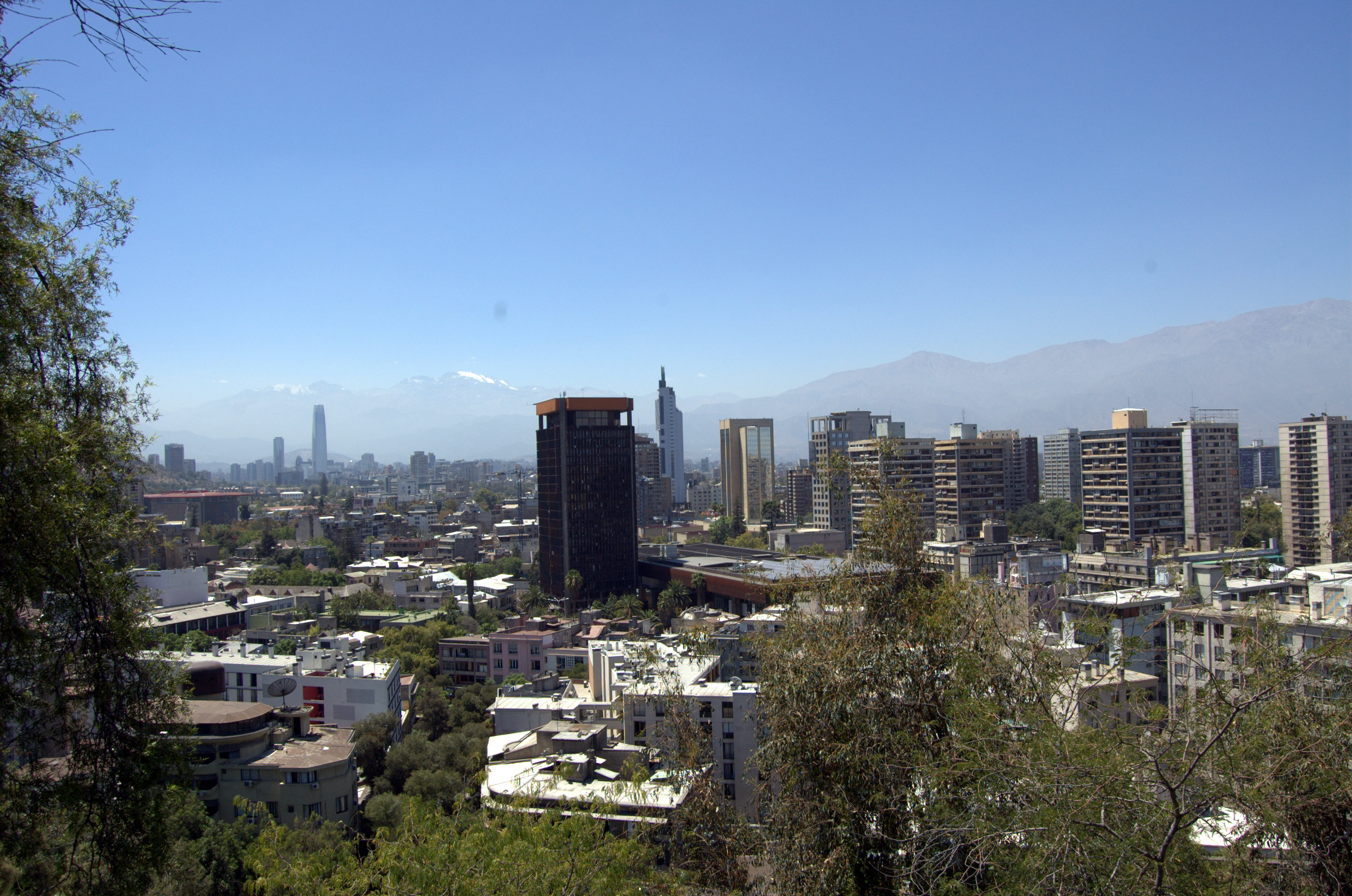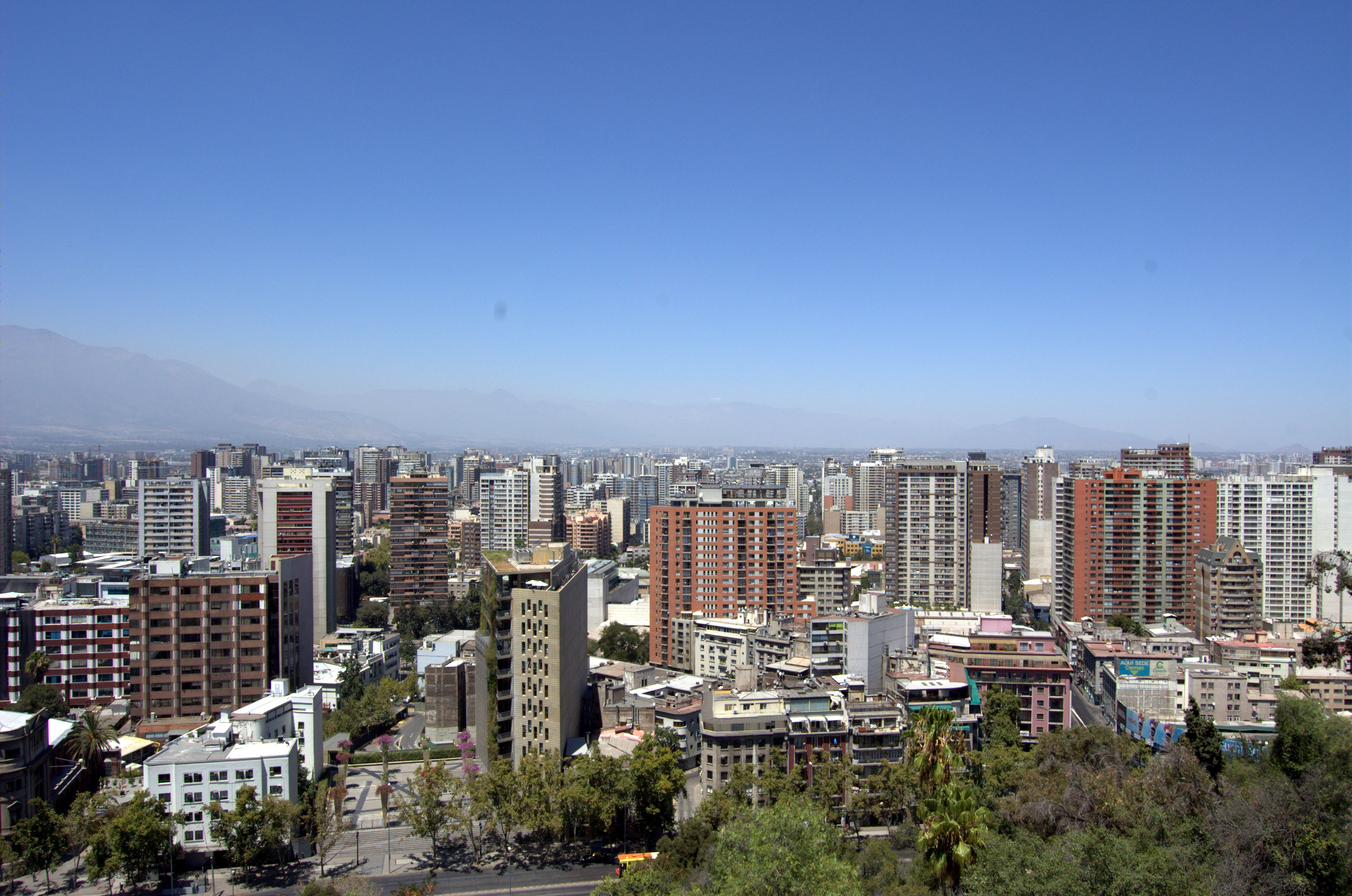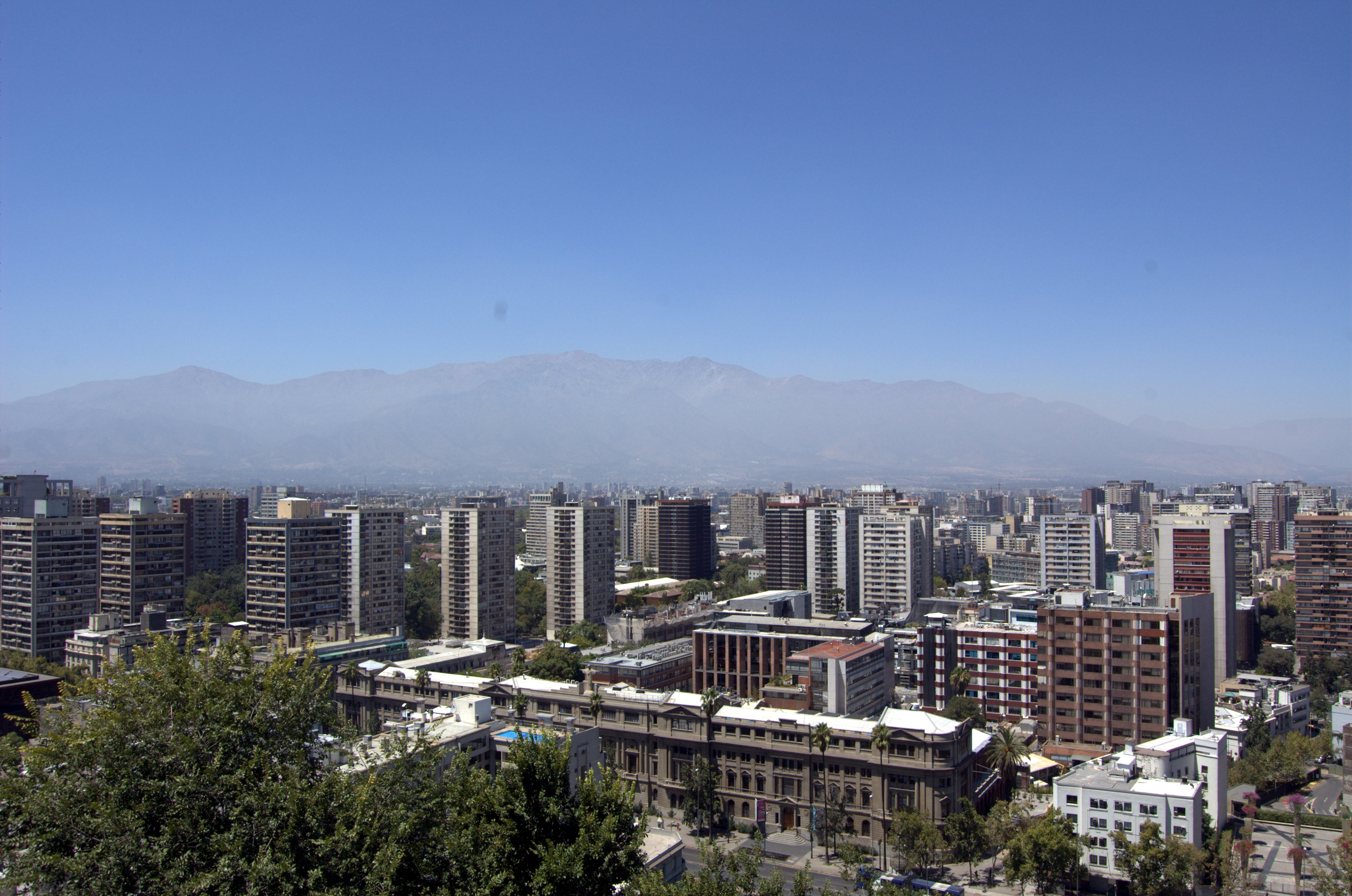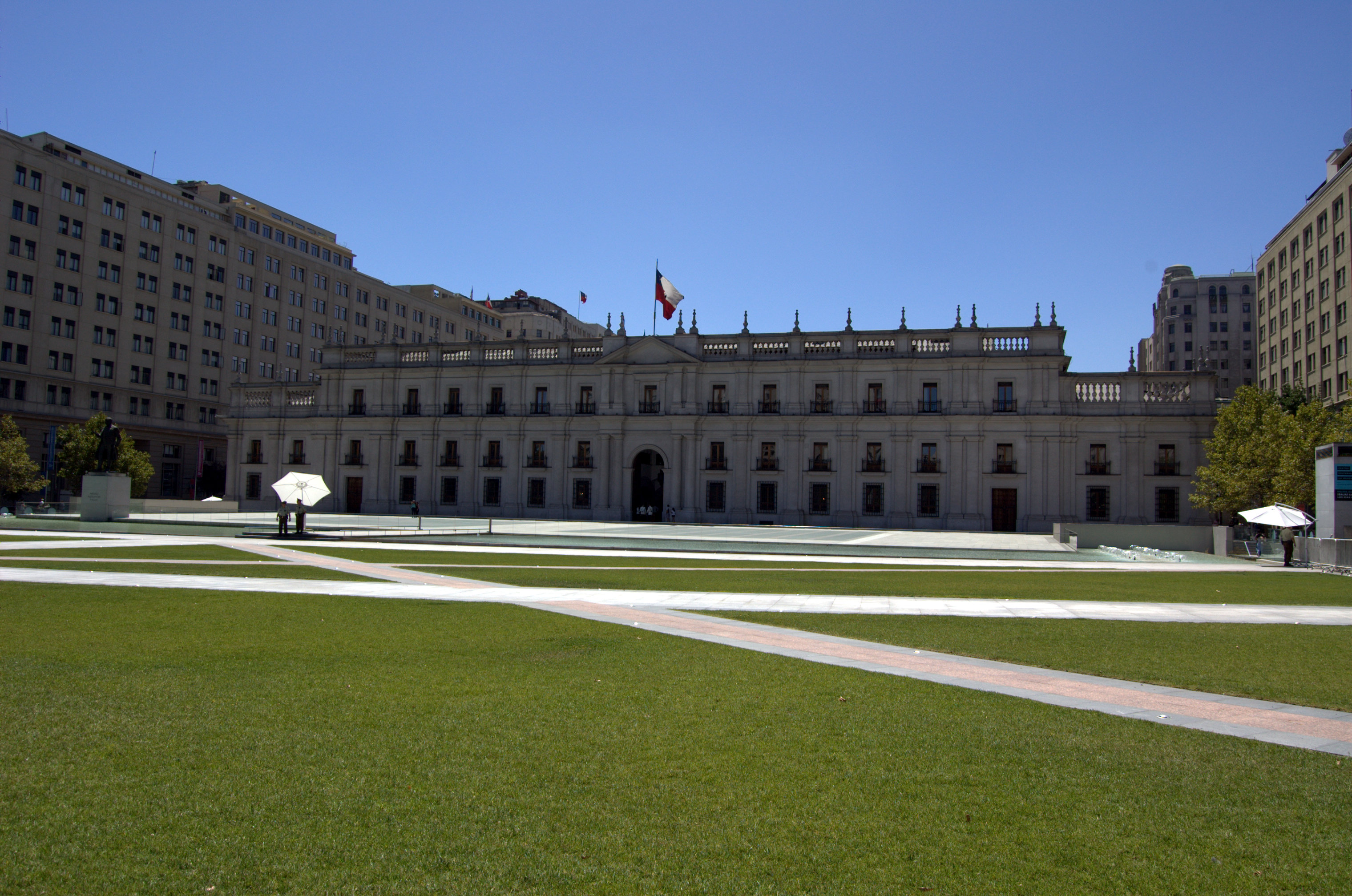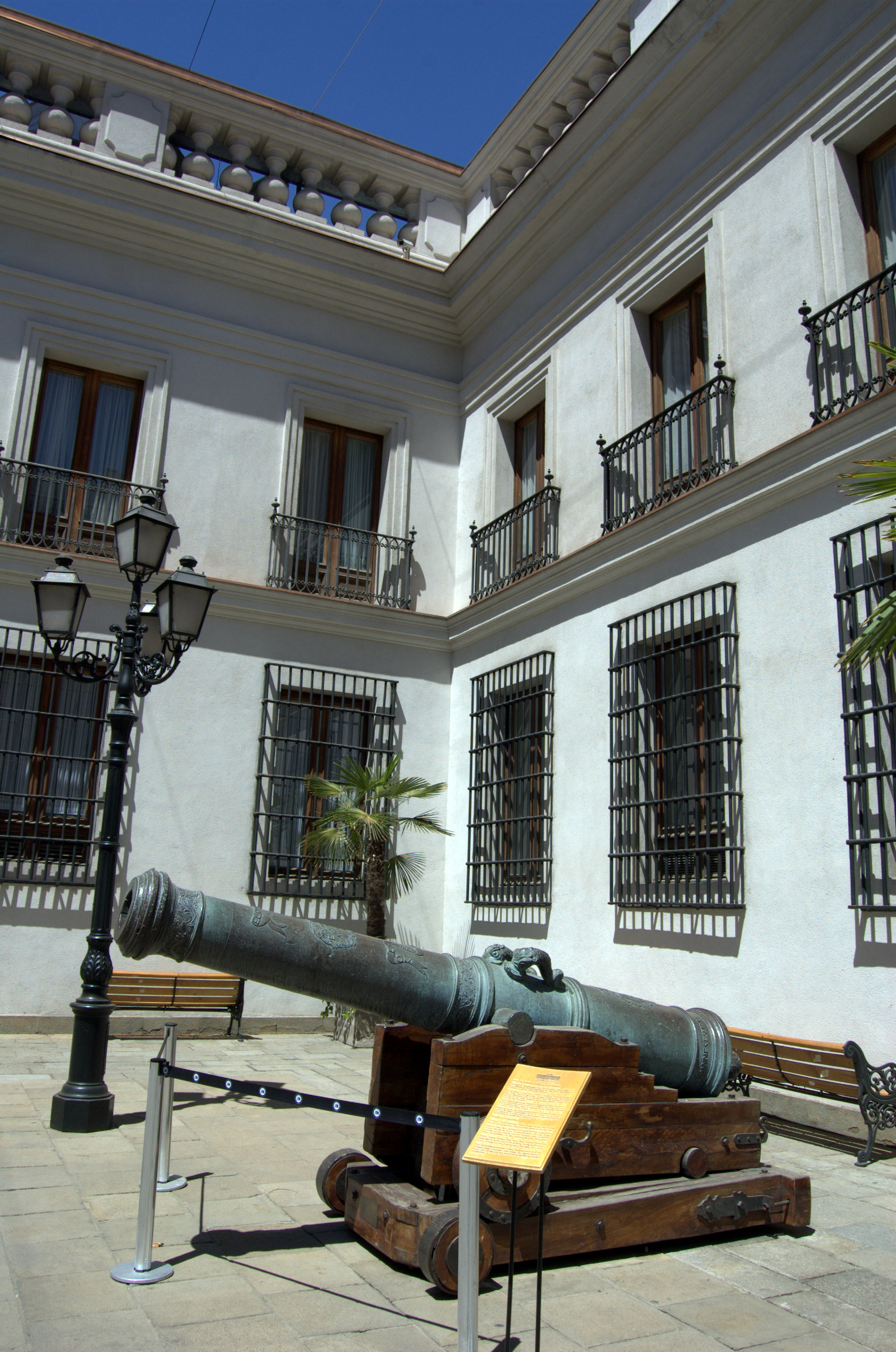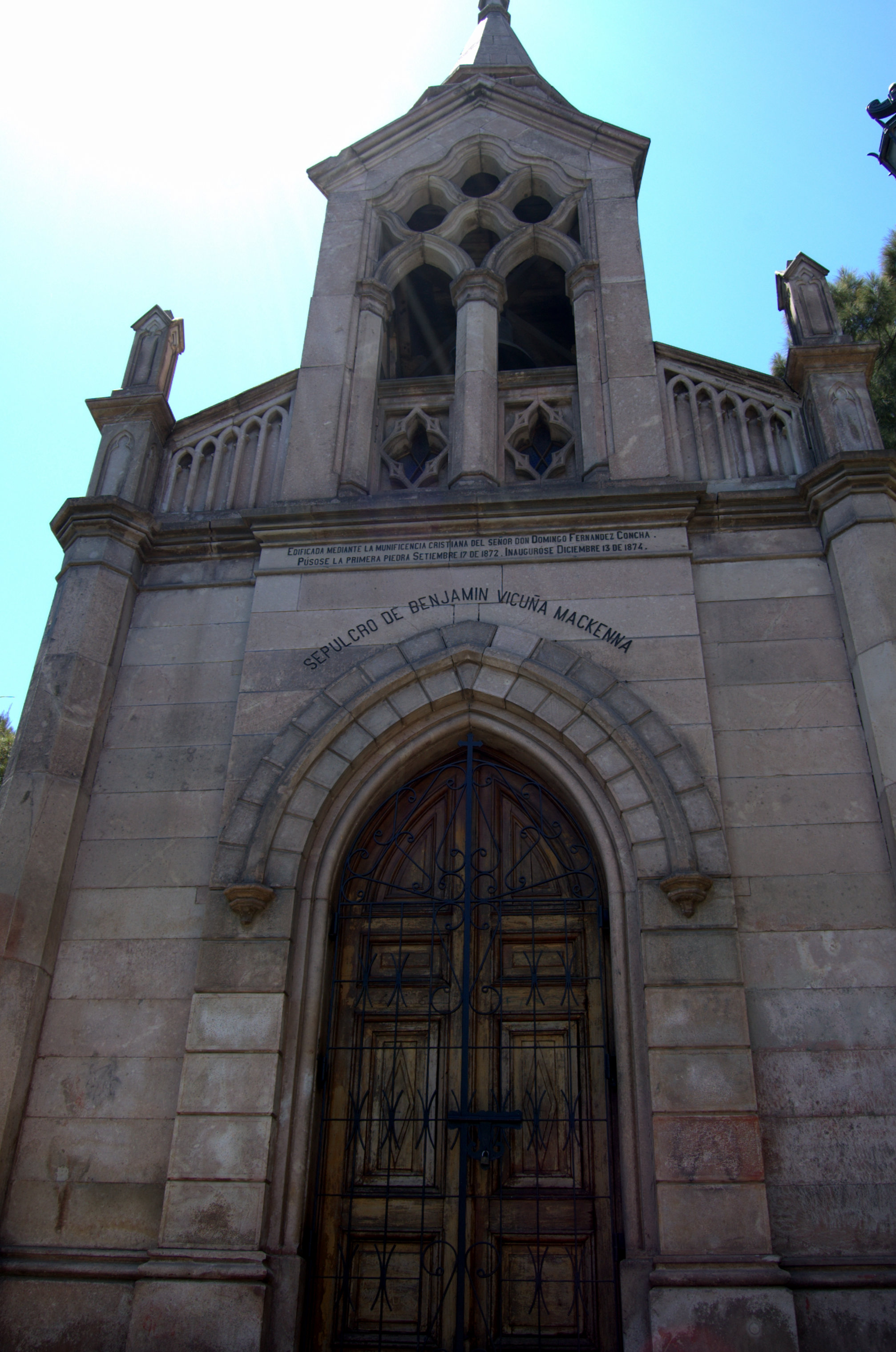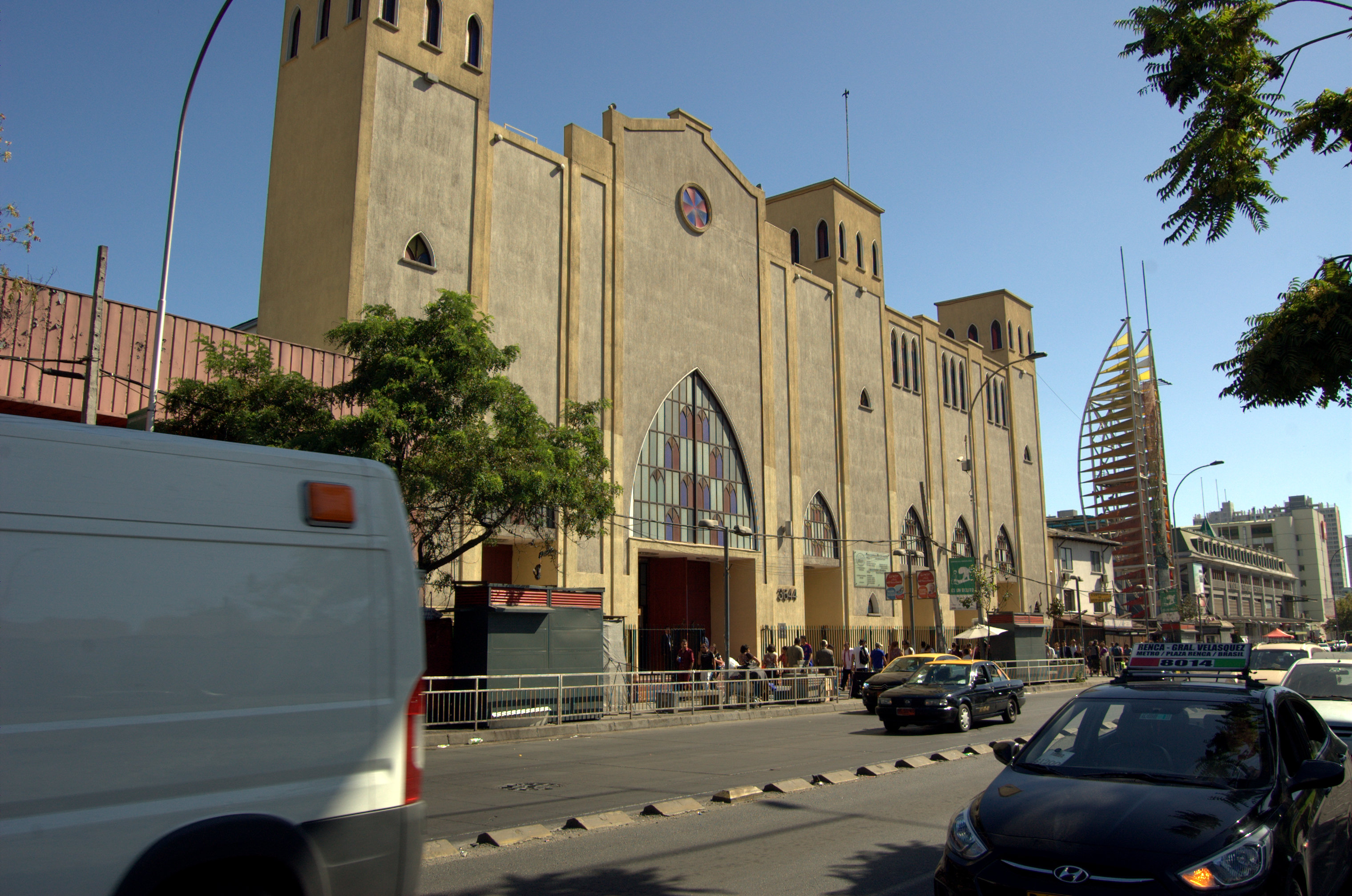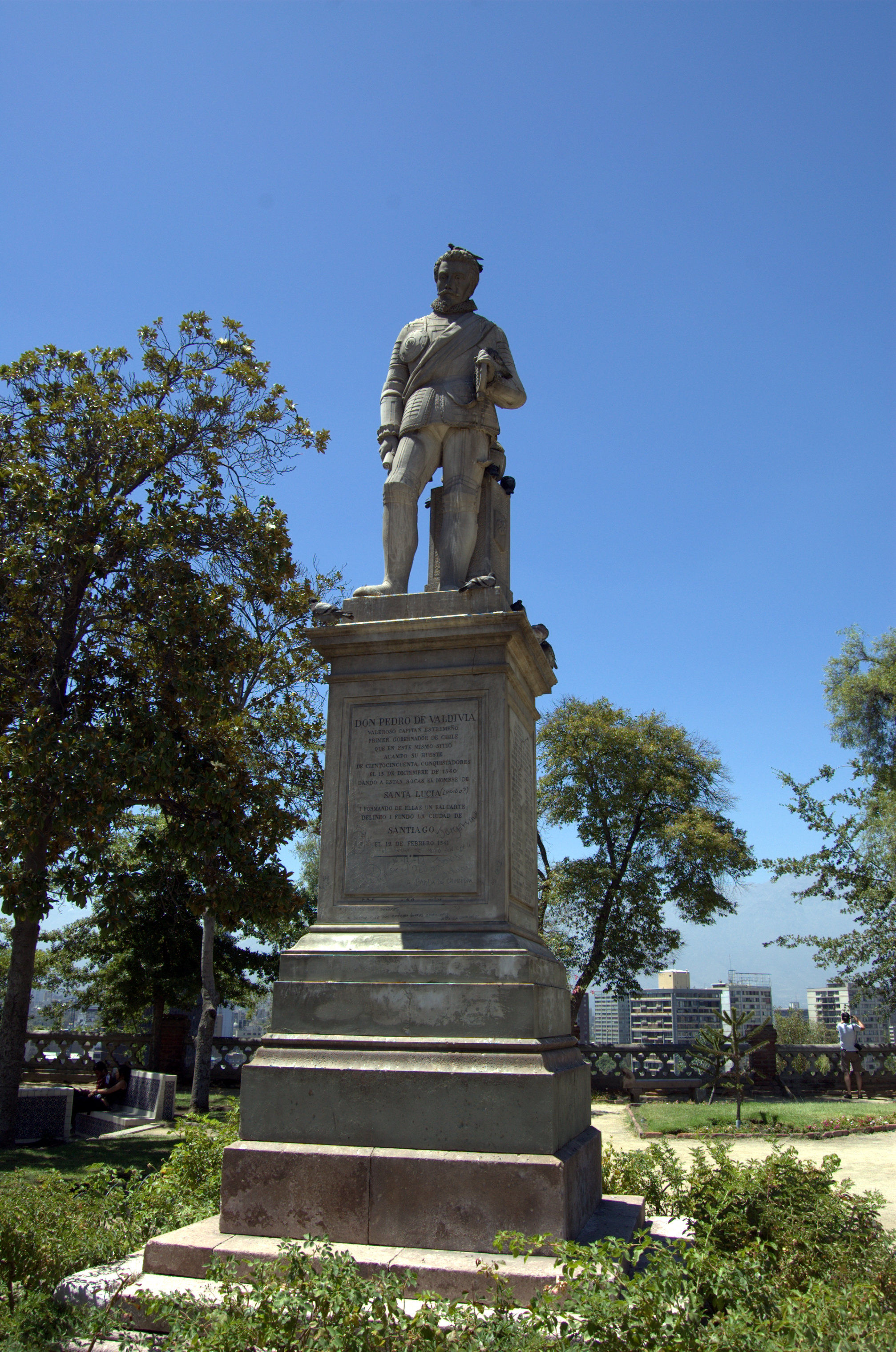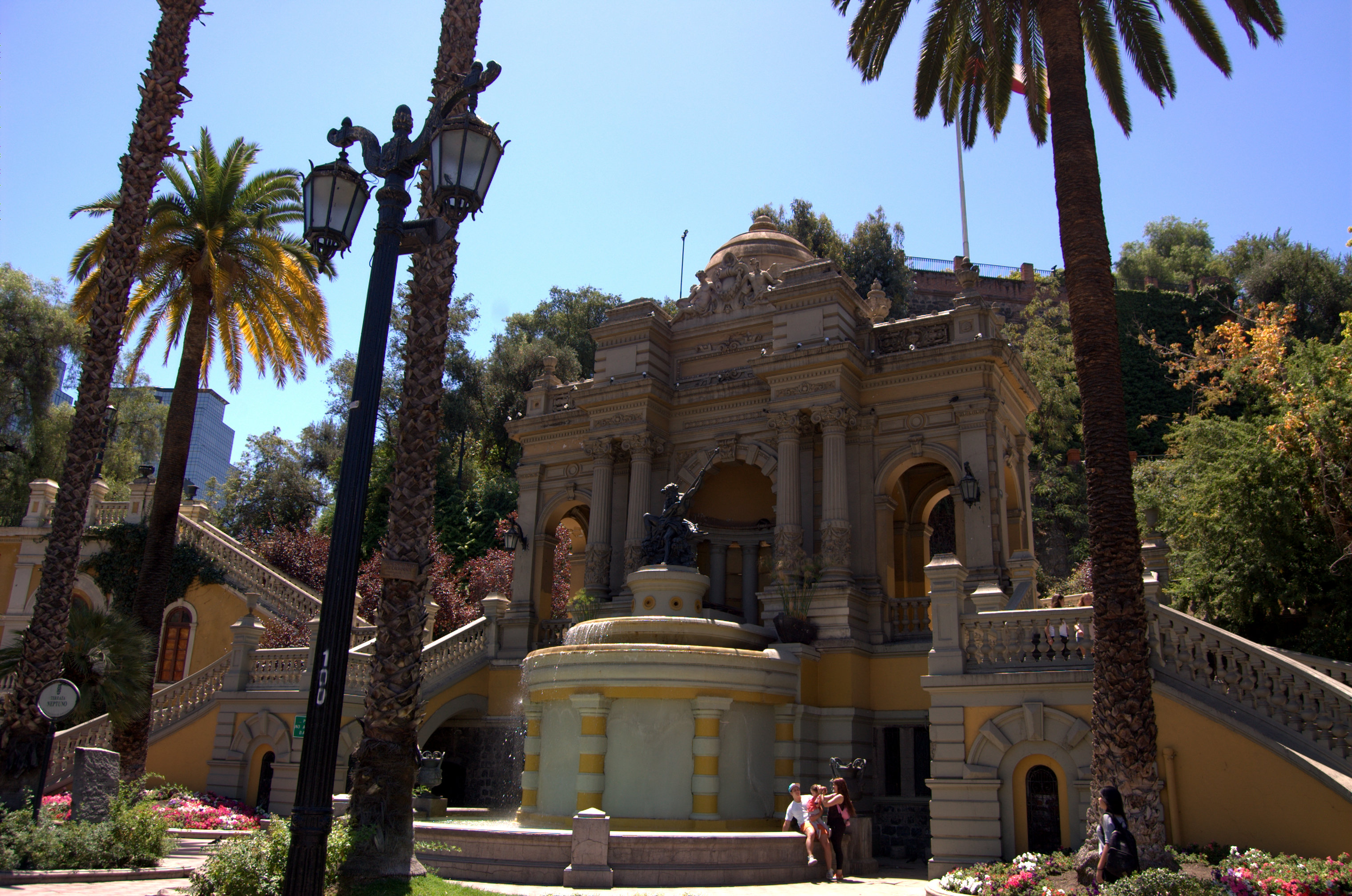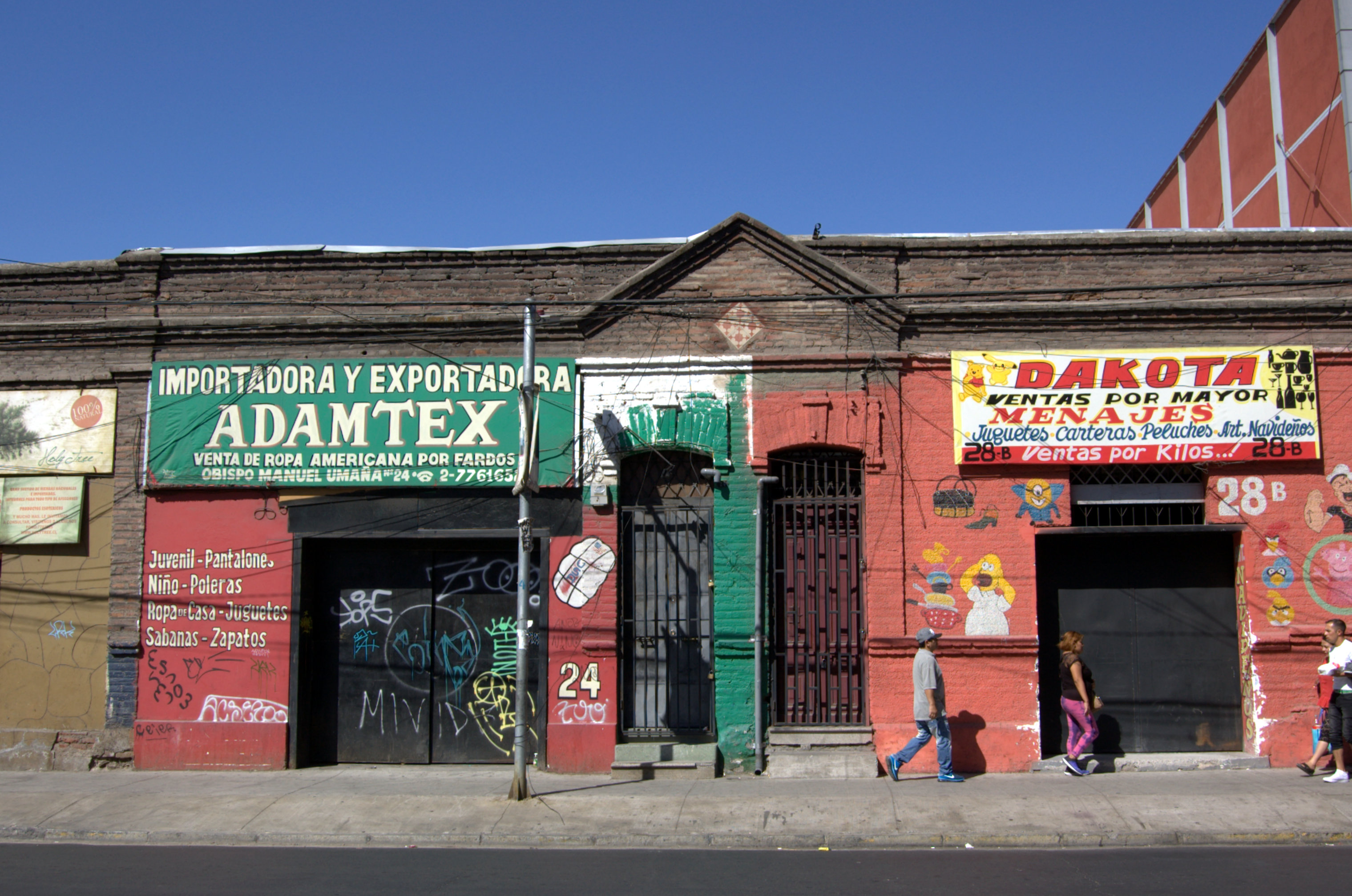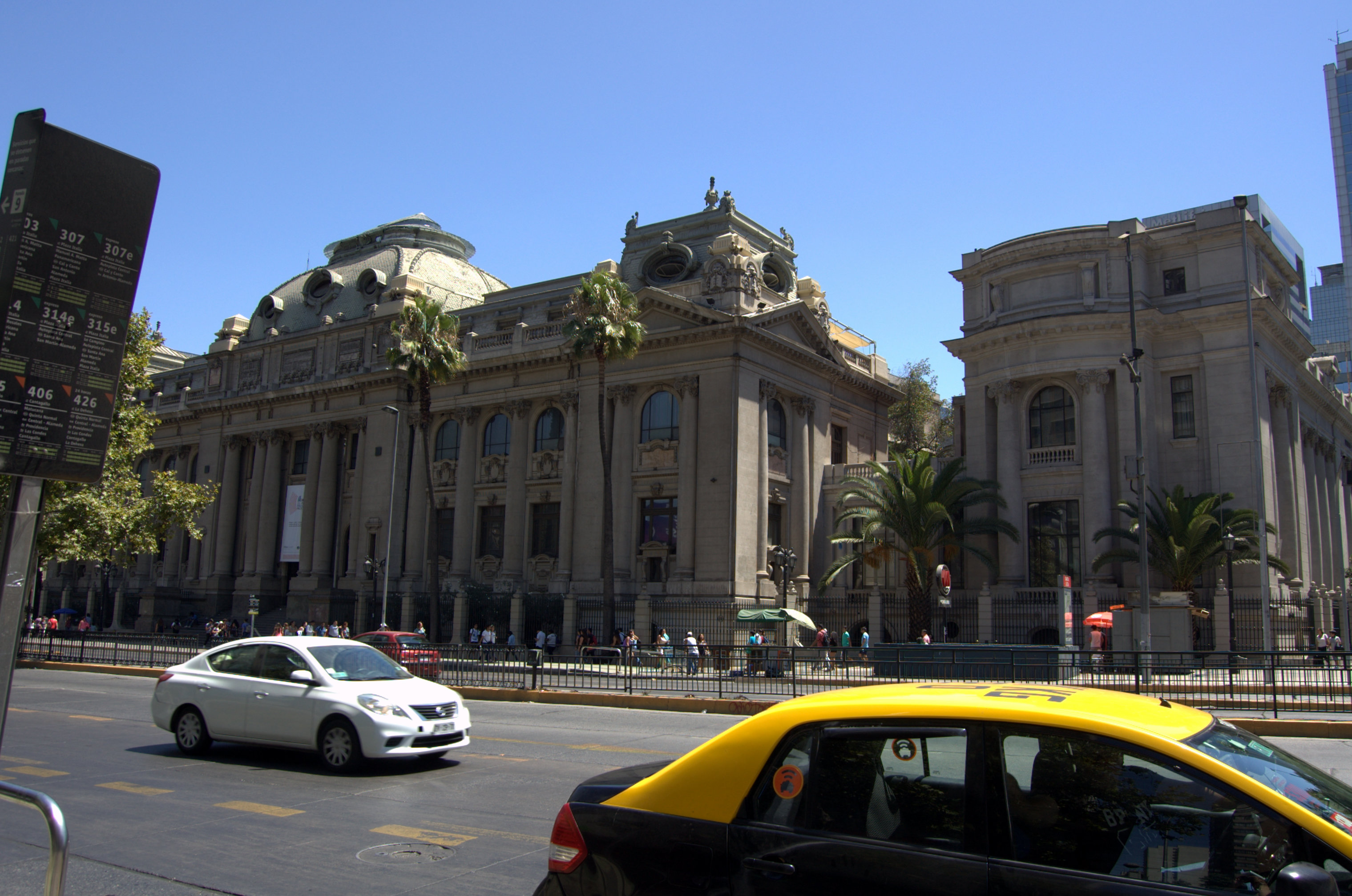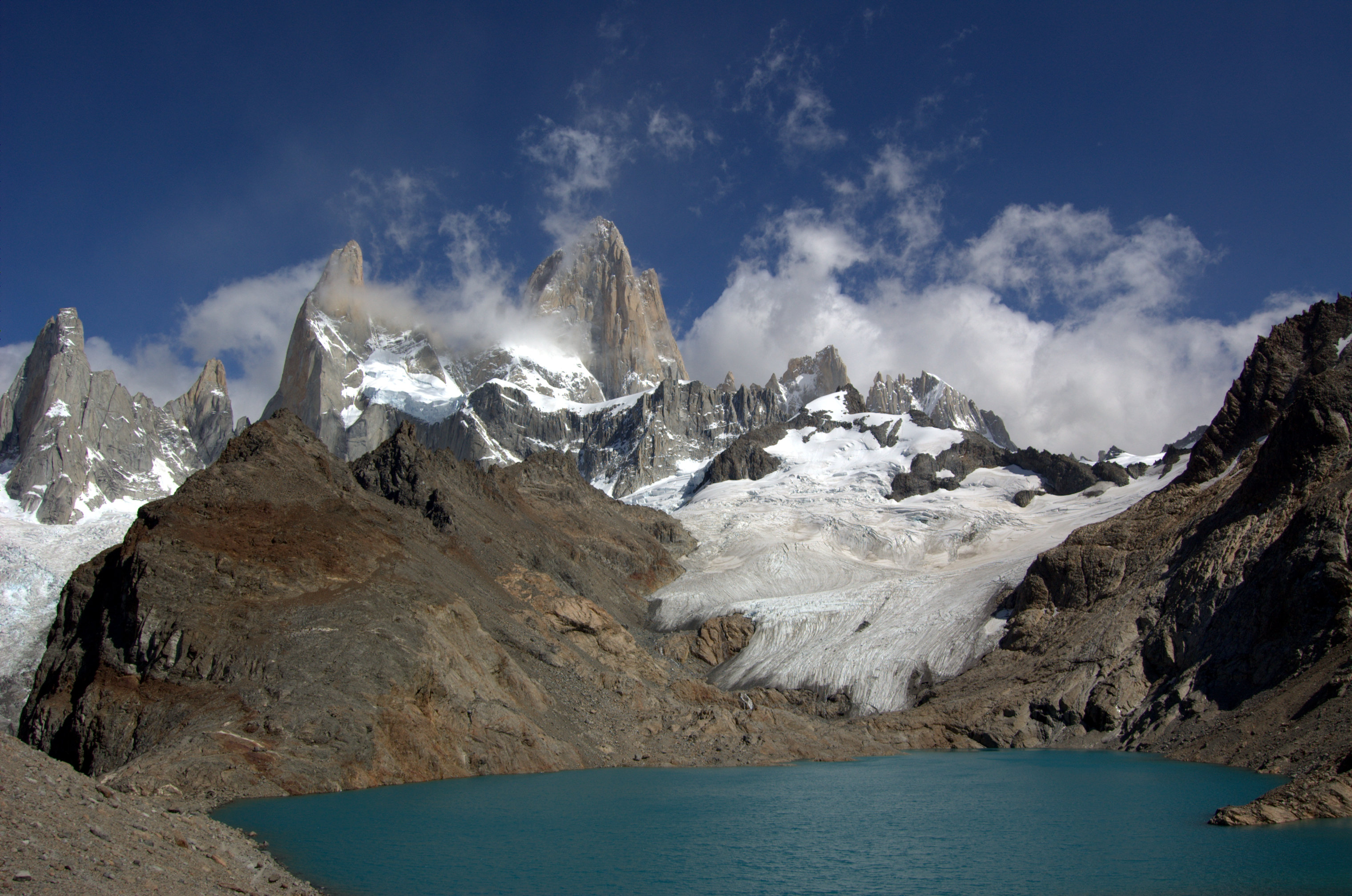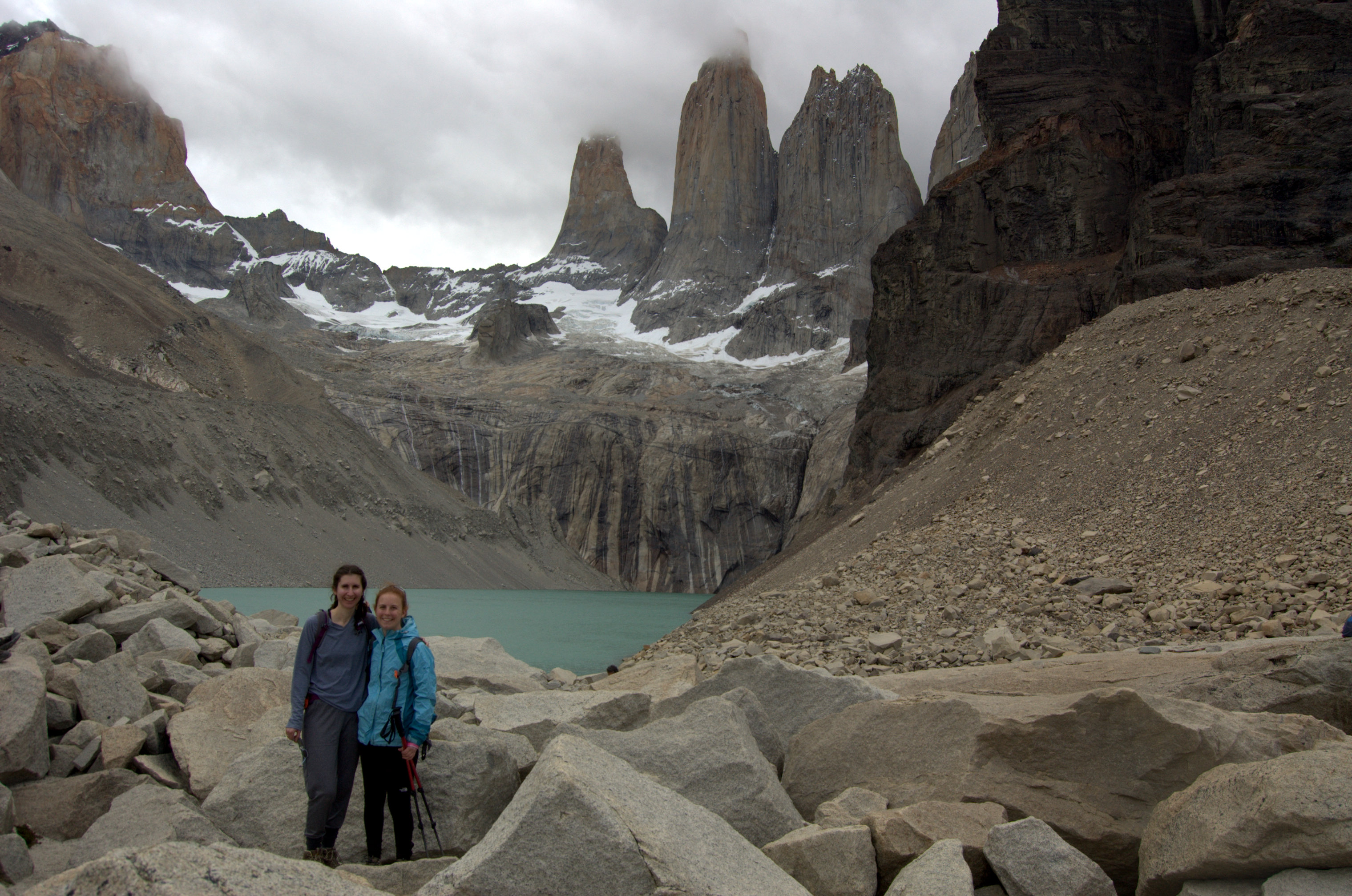Santiago is a city unlike any other I’ve been in. It seems to be right on the threshold of the Global South and Global North- while stray dogs and broken glass are an integral part of the city, so is fantastic public transportation and not-overtly-corrupt police officers. There were aspects that reminded me a lot of south Asia, while other parts reminded me of more northern parts of the Americas.
I feel like I always start by talking about the weather, but in this case it is very important. (I grew up in America’s snowiest city- weather is an important part of my life.) The city was hot. Granted, it is in the middle of summer there. It was around 85-90* and very sunny, so I was sweating profusely the entire time. But that’s all about the weather in Santiago, I promise.
I’m not a city person. That needs to be stated outright, because it obviously affects my feelings of Santiago. I don’t like traffic, or smog, or loud noises late at night, or a lack of trees, or an abundance of garbage and people. One of the questions I get asked quite frequently is how did a non-city person end up living in a relatively big (by American standards) city for 18 months. And I’m not really sure. I actually liked that city. I lived in the suburbs, though, so I guess I cheated.
Santiago is a big city (over 5 million residents). It is a little bit overwhelming to a non-city, non-Spanish speaking person. We started at the central bus terminal, and there were swarms of people everywhere. As part of the culture, there was no personal space given at all. The wave of people decided what direction we would walk.
After meandering around the bustling bus terminal and university area, we apparently felt confident enough to try our luck on the Santiago subway system. I wish I had taken some pictures of it, but I didn’t feel comfortable pulling out my camera. The subway was clean and cheap. But the most remarkable part of it was how many people were there. Picture New York’s terminals at rush hour. That was Santiago on a Saturday (it was true both times we rode, at noon and at four). I didn’t think we would be able to get on the first train that arrived. Luckily, Santiago’s subways seem to run every 5 minutes (even on weekends). I can’t say for sure because I only rode it a few times, but Santiago seems to have the best subway system around, reliable, consistent and clean.
Besides public transportation, everything else seemed closed on the weekends. We had a hard time finding restaurants (except Starbucks) and other things that were open. We hiked up to the top of a hill in the middle of the city for a three-sixty view of the city. On the one side, we could just barely see the beaches on the coast of the Pacific, and the other side of the city was nestled under the looming Andes. Even in the smog-induced haze, we could clearly see snow-capped peaks making the skyscrapers seem insignificant. Being able to see both the ocean and the mountains in one view was how I would like to remember Santiago.
As we were wandering around towards the north of the city, the buildings became less ramshackle and more sparse, an indication we had reached the government sector of the city. The buildings were seemingly unoccupied since it was a weekend. We passed one building with a huge Chilean flag outside and guards surrounding it. Naturally, I had to know why that building had so much security around it while all the others went unattended. I approached a guard and asked.
“Passport,” the officer demanded. I tried to defuse the situation and asked again what building it was. After he insisted again on seeing my passport, I handed it over. He flipped through the pages and then took it and went into the building.
I followed the man, not sure if that was allowed, but I didn’t want to let my passport out of my sight. At the entrance to the building, more security was waiting with x-ray machines to search me and my bag while another officer entered my passport and visa information into a computer database. While I was waiting for my bag to be searched, I saw a sign that simply read, “Presidential Palace.”
The President’s Palace! The courtyard was open, and we wandered around, taking in the plants, decor, and memorabilia from wars past. There were cannons used in different wars in one courtyard, and flowers that were gifts from other countries in the other. The chapel was also open, possibly because it was being cleaned, so we got to see some ornate paintings of presidents past and religious paraphernalia.
- Chapel of the Palace
- Cannon from WWI
Touring the grounds and looking into the chapel didn’t take very long, so we ended up at the national cultural museum that is located directly beneath the palace underground. There was a Picasso exhibit going on, but the museum wasn’t particularly crowded.
In addition to the chapel at the presidential palace, there were little shrines and tombs located throughout the city. We passed a particularly big one dedicated to an archbishop near a large public park, and we also walked past the national cathedral.
- Tomb of an Archbishop
- Main Cathedral
The park was very nice, although rather small. A security guard required us to enter our passport and other personal information before gaining entrance. There was a Japanese garden, which was relaxing. The shade offered by the trees was precious as there was little shade elsewhere in the city. The Chilean architecture seen in the park’s facade was also very interesting.
- Statue in the park
- Park’s facade
- Japanese garden
I felt safe in the city. It was clear we were tourists, but we didn’t attract any unwanted attention. My only real complaints were the smog and the popcorn from a street vendor that was stale. It was a great time exploring a new city and a new continent.
That’s all from South America (for now).
